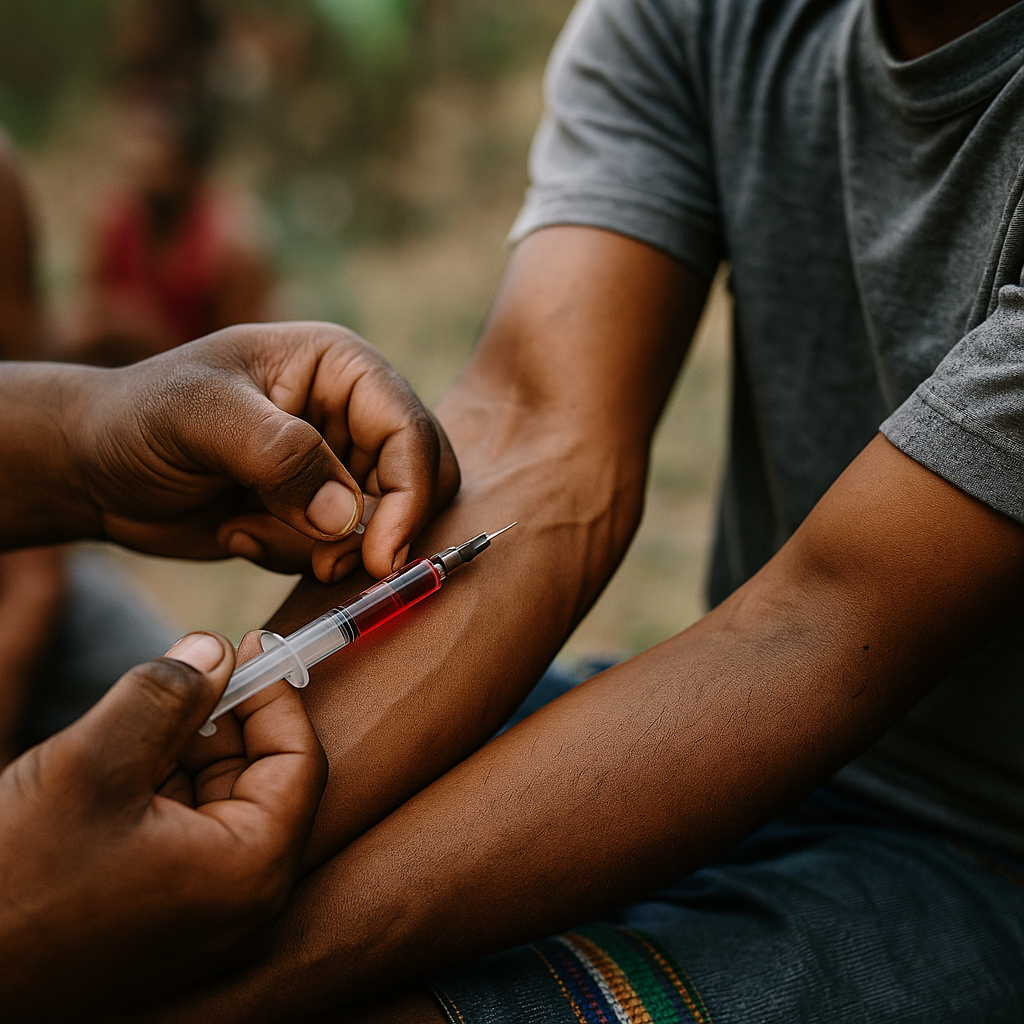
Is the world on the verge of ending the HIV epidemic? Thanks to accelerated science, better funding, and a global commitment to innovation, HIV research in 2025 is more promising than ever. Scientists are uncovering novel treatments, testing vaccine candidates, and exploring possible cures with renewed urgency and hope.
This article covers some of the most significant advances in HIV research, how they may affect prevention and treatment strategies, and what they mean for people living with or at risk for HIV.
Table of Contents
- Breakthroughs in Long-Acting Antiretrovirals
- HIV Vaccine Trials and Global Progress
- Functional Cure Research and Gene Editing
- Impacts on Treatment Access and Public Health
Breakthroughs in Long-Acting Antiretrovirals
One of the most exciting areas of HIV research focuses on long-acting antiretroviral therapies (ART). In contrast to daily pills, these treatments are designed to be administered monthly or even less frequently. This shift significantly reduces adherence challenges and increases privacy.
In 2025, Cabenuva, a combination of cabotegravir and rilpivirine, remains the leading long-acting injectable ART approved in many countries. New formulations under development may extend dosing intervals to every four or even six months.
These therapies offer major benefits for those with adherence issues or who experience stigma from daily medications. Early data also suggest fewer side effects compared to oral regimens
Meanwhile, scientists are working on long-acting versions of lenacapavir, a capsid inhibitor with a novel mechanism of action. This drug, potentially delivered through subcutaneous injections twice a year, is showing promise in both treatment and prevention trials.
Improving patient quality of life remains a central goal. Long-acting ART is expected to reshape HIV treatment for many, offering a new level of convenience and consistency.
HIV Vaccine Trials and Global Progress
A preventive HIV vaccine remains a top priority in global HIV research. In 2025, several vaccine candidates have entered phase 2 and 3 clinical trials, and some have demonstrated moderate efficacy.
The mRNA vaccine platforms, which gained prominence during the COVID-19 pandemic, are now being used in HIV vaccine development. These vaccines aim to train the immune system to generate broadly neutralizing antibodies that can block multiple HIV strains.
One standout candidate is Moderna’s mRNA-1644, which uses sequential immunization to teach the immune system how to respond effectively to the virus. Preliminary results are encouraging, with high immune activation and safety profiles.
Researchers are also looking into therapeutic vaccines, designed not to prevent infection, but to help the body control HIV without ongoing antiretroviral therapy. These vaccines may eventually reduce the need for daily or even long-acting ART.
While no vaccine has reached the efficacy threshold for approval yet, progress is tangible. The HIV vaccine pipeline continues to expand, drawing attention from governments, biotech firms, and community health organizations alike.
Functional Cure Research and Gene Editing
In addition to prevention, one of the most compelling developments in HIV research is the pursuit of a functional cure. This means controlling the virus without lifelong treatment, even if it’s not fully eradicated from the body.
A few individuals, known as elite controllers, have shown the ability to suppress HIV without ART. Studying their immune systems has helped guide new cure-focused research.
Gene-editing technologies like CRISPR are now being explored to target the virus directly within the body. In experimental trials, scientists have attempted to edit CCR5 receptors—proteins on immune cells that HIV uses to enter the body. By disabling these receptors, the virus may be blocked from replicating.
One 2024 study involving a CRISPR-based therapy called EBT-101 showed early safety and feasibility. While more research is needed, the concept of a “once-and-done” treatment has energized the field.
Additionally, stem cell transplants, once reserved for cancer patients, have led to rare but significant cases of long-term HIV remission. These case studies inspire new approaches, although the procedures remain risky and complex.
With each breakthrough, researchers are learning more about how HIV hides in reservoirs and how it might eventually be cleared or silenced.
Impacts on Treatment Access and Public Health
Scientific progress means little if it doesn’t reach the people who need it. That’s why HIV research in 2025 is increasingly focused on equitable access and global implementation.
The World Health Organization and UNAIDS continue to prioritize research translation into low- and middle-income countries. Mobile health (mHealth) apps, digital prescriptions, and telehealth services are expanding care in rural and underserved areas.
Additionally, community-based organizations play a critical role in recruiting trial participants and distributing new therapies. These groups help bridge the gap between laboratory science and real-world application.
More broadly, efforts to integrate HIV services into primary care are helping normalize treatment and reduce stigma. Offering testing and ART alongside general healthcare encourages earlier diagnosis and engagement.
Resources like Healthcare.pro and educational platforms such as Health.HealingWell.com make it easier for patients to stay informed and connected to care.
As new discoveries emerge, sustained investment and community partnership will be key to ensuring breakthroughs lead to widespread benefits.
Conclusion
The future of HIV research is brighter than it has ever been. From long-acting medications to innovative vaccine trials and gene therapies, scientists are making strides on every front. These developments have the potential to revolutionize prevention, simplify treatment, and even bring us closer to a cure.
Still, the road ahead requires global collaboration, continued funding, and an unwavering focus on equity. As researchers push boundaries, it’s essential that healthcare systems adapt, and that all people—regardless of background—can benefit from these medical advances.
FAQs
What is the most promising new HIV treatment?
Long-acting injectables like Cabenuva and emerging options like lenacapavir offer groundbreaking treatment alternatives.
Are there any vaccines for HIV in 2025?
While none are approved yet, mRNA-based vaccines such as Moderna’s mRNA-1644 show promising early results.
What is a functional HIV cure?
It refers to long-term control of the virus without daily ART, even if the virus isn’t completely eradicated.
Is gene editing being used to treat HIV?
Yes. Trials using CRISPR to disable HIV pathways are underway, though still in experimental stages.
How can patients stay informed about HIV research?
Websites like Health.HealingWell.com and services such as Healthcare.pro provide reliable updates and support.
This content is not medical advice. For any health issues, always consult a healthcare professional. In an emergency, call 911 or your local emergency services.



